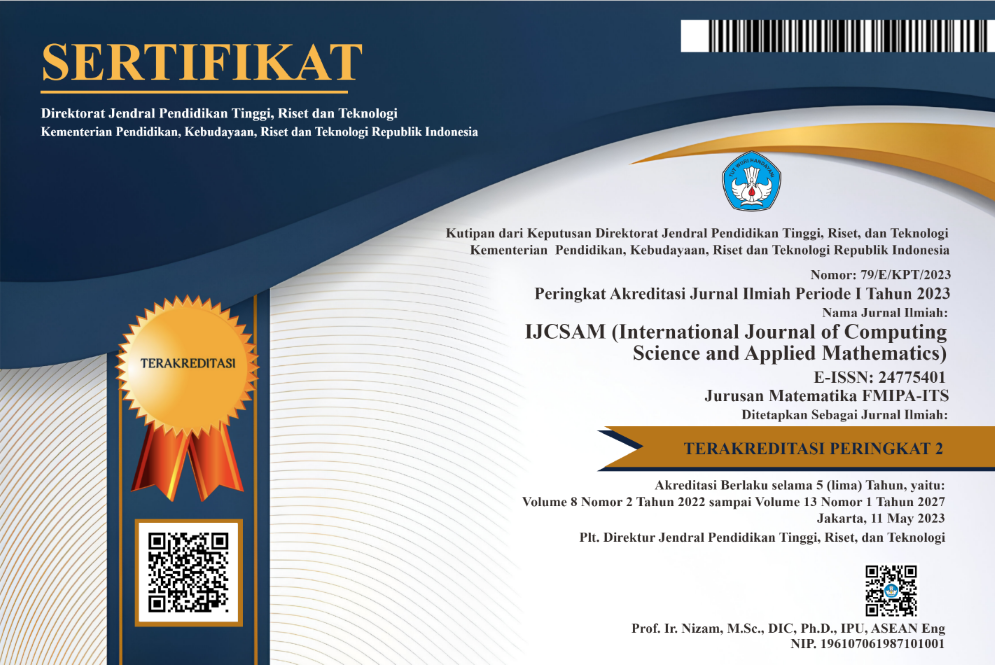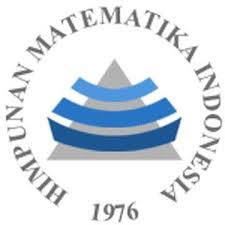Handling Imbalance Data in Classification Model with Nominal Predictors
Abstract
Keywords
Full Text:
PDFReferences
N. V. Chawla, K. W. Bowyer, L. O. Hall, and W. P. Kegelmeyer, “Smote: synthetic minority over-sampling technique,” Journal of artificial intelligence research, vol. 16, pp. 321–357, 2002.
S. Vluymans, N. Verbiest, C. Cornelis, and Y. Saeys, “Instance selection for imbalanced data,” in WorkshopRough Sets: Theory and Applications(RST&A); held at the 2014 Joint Rough Set symposium (JRS 2014), 2014.
H. Haibo, B. Yang, G. A. Edwardo, and L. Shutao, “Adaptive synthetic sampling approach for imbalanced learning,” in IEEE International Joint Conference on Neural Networks, IJCNN, vol. 8, no. 3, 2016, pp. 1322–1328.
S. Rahayu, T. Adji, and N. Setiawan, “Analisis perbandingan metode oversampling adaptive synthetic-nominal (adasyn-n) dan adaptive synthetic-knn (adsyn-knn) untuk data dengan fitur nominal-multi categories,” 2017.
M. Adiansyah, “Perbandingan metode cart dan analisis regresi logistik serta penerapannya untuk klasifikasi ketertinggalan kabupaten dan kota di Indonesia,” Ph.D. dissertation, Institut Pertanian Bogor, 2017.
D. Jeyarani, G. Anushya, R. Rajeswari, and A. Pethalakshmi, “A comparative study of decision tree and naive bayesian classifiers on medical datasets,” International Journal of Computer Applications, vol. 975, p. 8887, 2013.
L. Breiman, J. Friedman, C. Stone, and R. Olshen, Classification and regression trees. CRC press, 1984.
K. Fithriasari, S. Pangastuti, N. Iriawan, and W. Suryaningtyas, “Classification boosting in imbalanced data,” MJS, vol. 38, no. Sp2, pp. 36–45, 2019.
S. Cost and S. Salzberg, “A weighted nearest neighbor algorithm for learning with symbolic features,” Machine learning, vol. 10, no. 1, pp. 57–78, 1993.
DOI: http://dx.doi.org/10.12962%2Fj24775401.v6i1.6643
Refbacks
- There are currently no refbacks.
View My Stats

International Journal of Computing Science and Applied Mathematics by Pusat Publikasi Ilmiah LPPM, Institut Teknologi Sepuluh Nopember is licensed under a Creative Commons Attribution-ShareAlike 4.0 International License.
Based on a work at https://iptek.its.ac.id/index.php/ijcsam.






